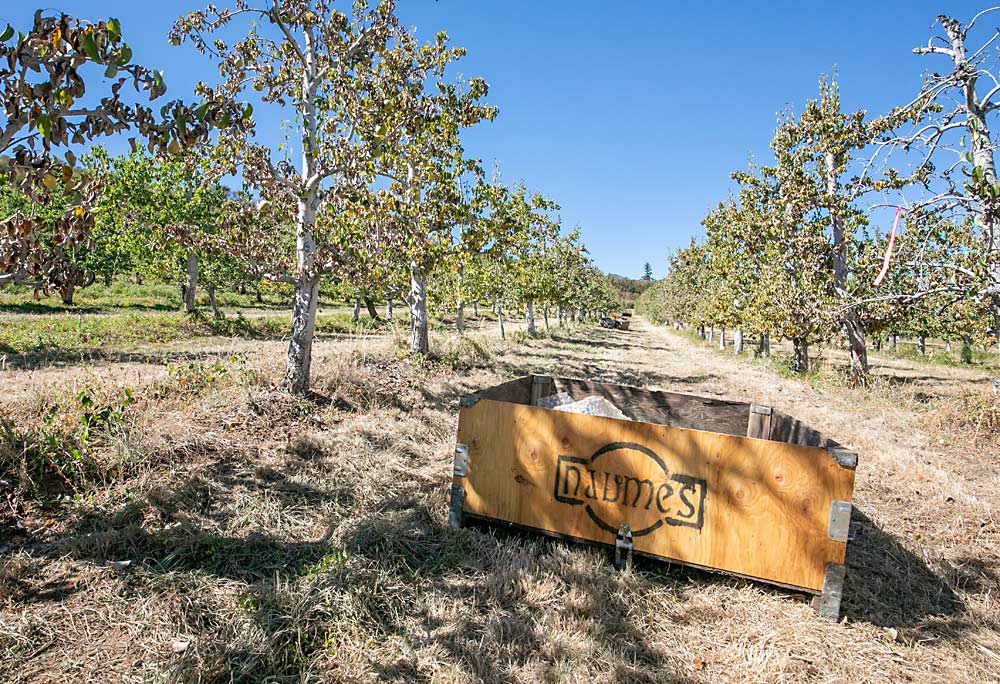
Driving around Medford, Oregon, during the 2022 pear harvest season presented a study in contrasts amid a dire water shortage.
At a Bartlett orchard owned by the Church of Jesus Christ of Latter-day Saints, just outside downtown, a volunteer-run harvest was cheerfully underway, while 15 minutes south, 600 acres of orchards owned by the Naumes family sat eerily empty. The site only received two or three irrigation sets, and all the fruit was a loss, said Mike Naumes, president of grower-packer Naumes Inc.
“In our 76-year history, the last two years is the only time we haven’t made it through the irrigation season,” he said. “We’ve had some close calls, but we’ve never just been flat out of water.”
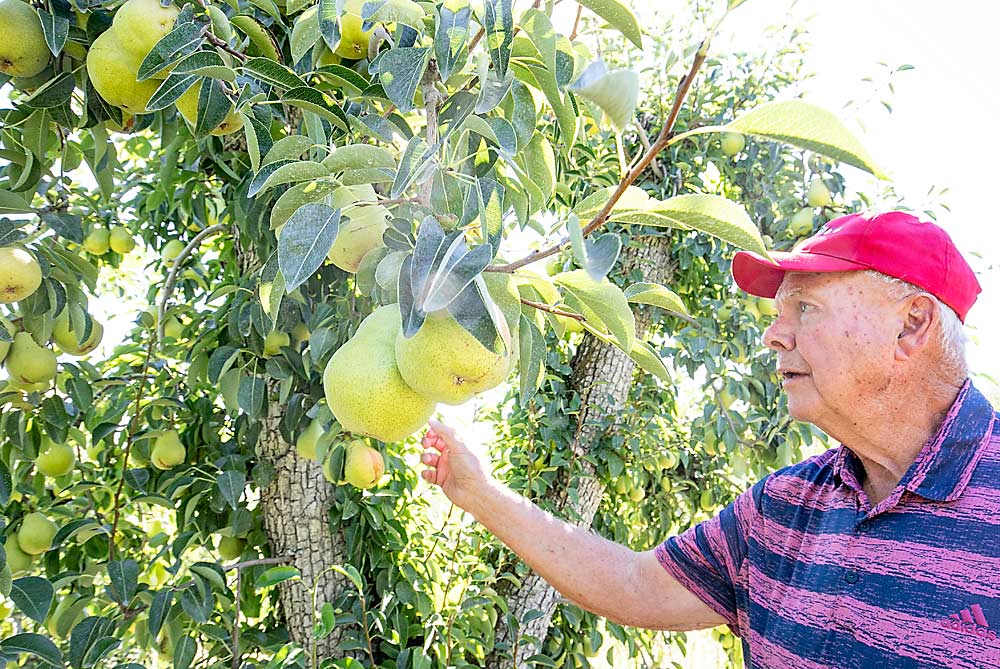
In 2021, the canals went dry in mid-July. In 2022, a wet spring helped stretch the supply into mid-August, but 100-year-old irrigation systems designed for a full flow struggled to deliver to some orchard sites.
The drought has left fruit growers hoping the past two years were a once-in-a-lifetime shortfall. It’s also affecting how they plan for the future. Pears account for a much smaller footprint in the area today — hovering near 3,000 acres, most of it belonging to Naumes or e-commerce gourmet food company Harry & David, with just a handful of smaller growers. Wine grapes now account for another 3,000 or so acres.
“The difficult thing is, we’ll live through this year like we lived through last year,” Naumes said during the 2022 harvest, while the packing house was running just one packing line instead of the usual three. “We’d like to be planting more pears and grapes, and we have some opportunities in that arena, but it’s hard to know what to do, given we don’t know if we are going to have water in the future.”
The landscape
In some key agricultural regions in the West, declining mountain snowpack is limiting water supplies. In 2021 and 2022, drought in the Rogue River Valley resulted in just five weeks of irrigation water to meet the varied needs of permanent crops of pears, wine grapes, hay and pasture producers — and an ever-increasing number of homeowners.
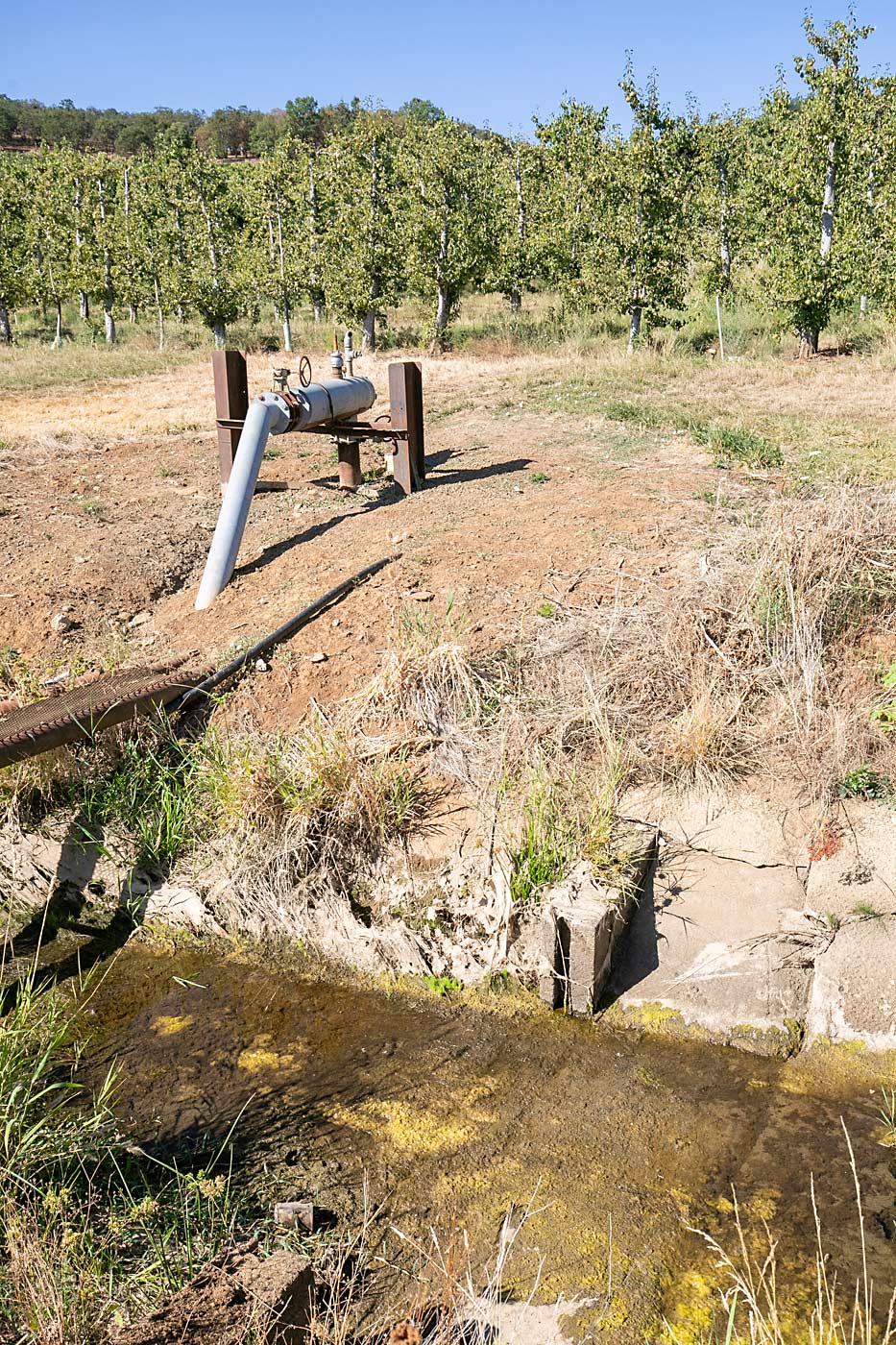
Growers depend on a century-old system to deliver water from mountain reservoirs to areas around the valley via three different but interconnected irrigation districts.
None of the infrastructure was designed to support low flows, but some areas fared better than others, said Sean Naumes, Mike’s son who is vice president and special projects manager for the family company and sits on the board of the Medford Irrigation District.
“The system was designed to get through a one-year drought,” he said. Reservoirs designed to hold two years’ worth of water hit record lows. “It wasn’t designed to run in these kinds of conditions.”
There’s also a wide range of soil variety and microclimates across the valley, enough to provide about a three-week spread of optimum harvest timing for Harry & David’s 1,500 acres of Comice, for which the company is known, said Matt Borman, vice president of orchard operations.
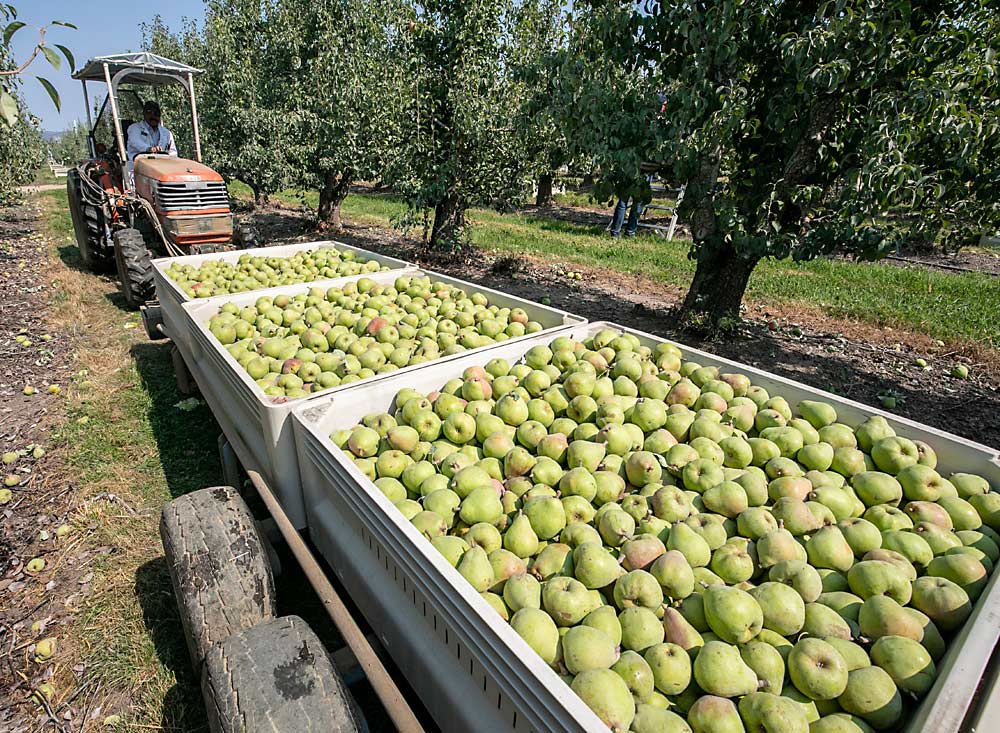
“With the drought and the water pressure, those soil differences really take on importance,” he said. “You end up with a patchwork of … OK, this orchard is on the front end of a lateral, we’re pretty confident we’re going to get this one through the season, and here’s where other sites have more struggles because of the infrastructure.”
In particular, the Talent Irrigation District in the southern end of the valley, which relies entirely on the reservoirs and serves about half their acreage, struggled to deliver with the low flows, Naumes said.
Meanwhile, on the west side of the valley, where the Medford district was able to supply enough water for four to six irrigation sets in July and early August, fruit sized well until a “catastrophic” hailstorm hit in July, Mike Naumes said. “We’re not picking anything on the west side — where we had a nice crop.”
He was tempted to selectively pick the fruit that was salvageable, but his wife and business partner, Laura Naumes, company senior vice president, told him it was a losing proposition.
“It’s hard for a farmer to walk away,” she said. “There’s lots of situations in life that are no-win situations. My dad used to say the worst thing you could do is not make a decision. And we tried to make the best decisions we could with the data we had.”
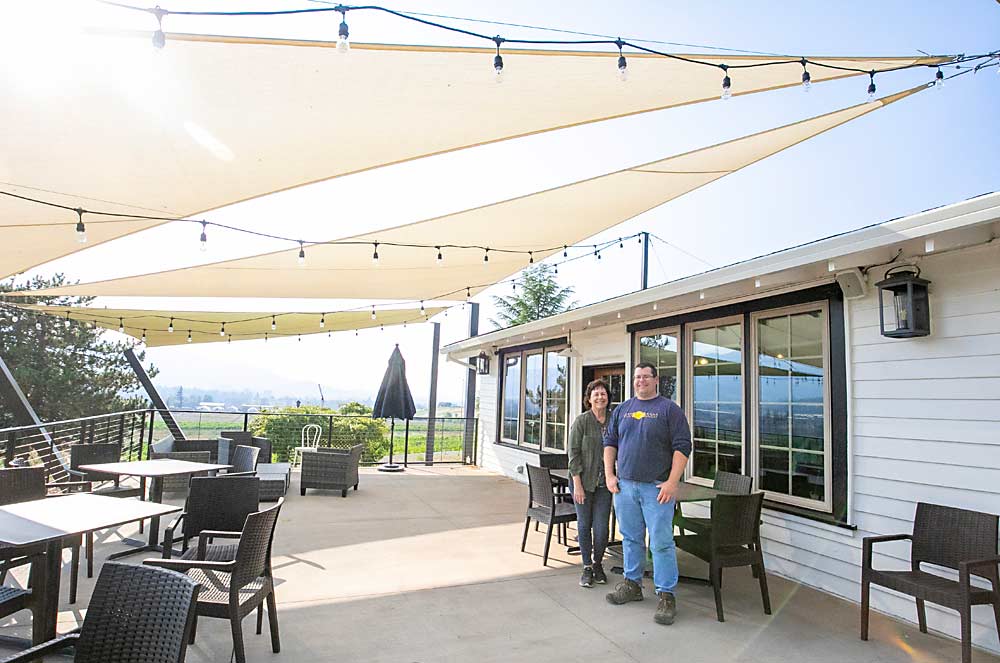
It was a year of difficult decisions for all the farmers in the valley, but they cooperated to share the limited water supply, Sean Naumes said. The districts are investing in changes, such as piping, to help with pressure in key places, but at a small scale.
“It’s not going to happen overnight. It will take quite a bit of time and a lot of money,” he said.
The drought came on the heels of a devastating 2020 fire season, in which the Almeda Fire tore through the communities of Talent and Phoenix in September, destroying thousands of homes, including those of many fruit industry workers.
That’s where the region’s rebuilding and resiliency focus has been, with support from a fund the Naumes family set up to help impacted employees.
A flexible family business
The Naumes family takes its responsibility as an employer in the community seriously and has committed to find ways to keep people employed, despite the short crops, said Scott Martinez, who heads the company’s sales team.
“We’ve been fortunate to survive, and we’re in a good financial position to continue on,” Mike Naumes said of the company his father co-founded in 1946.
“We have great land and great facilities, and I think we’ve been pretty good at pivoting,” Laura Naumes said. Over the years, the family has owned and operated significant orchard operations and packing facilities in California and Washington, but it has sold those to invest at home in building their wine enterprises.
The company began planting wine grapes about a decade ago, followed by a tasting room for Naumes Suncrest Winery, and then opened a custom crush facility in 2015 to serve the region’s growing wine industry. Now they grow 90 acres of grapes in addition to the 1,100 or so acres of pears.
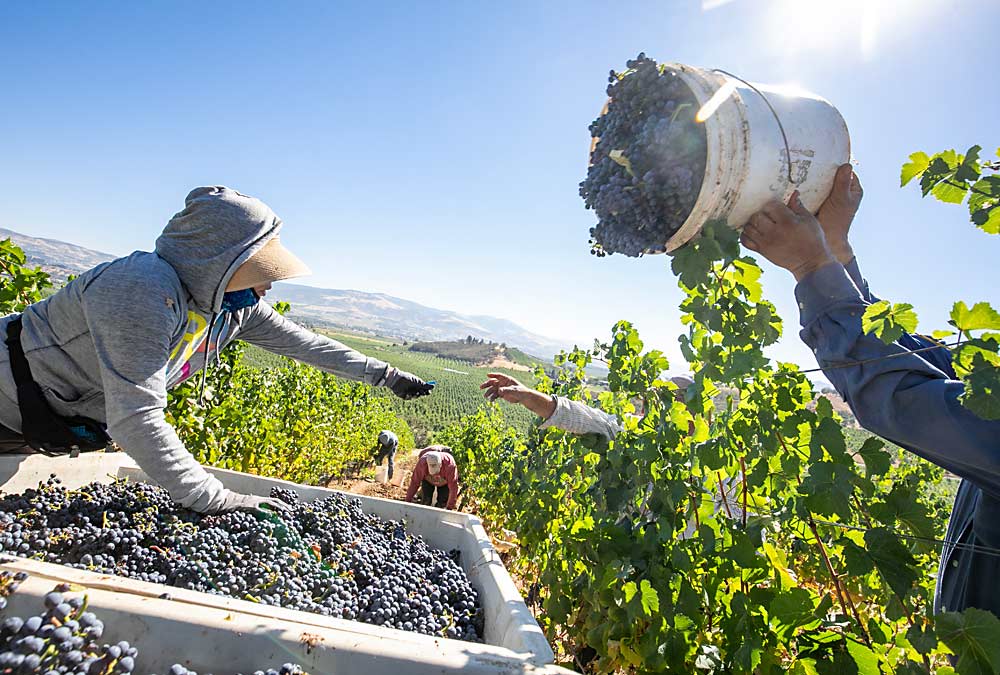
Wine grapes need less water and offer more opportunities to mechanize, Sean Naumes added.
“We have to continue to adapt,” he said.
Other recent pivots include renting their storage facilities for wine and to store seedlings for timber plantings or post-wildfire reforestation efforts.
In the pear orchards, pivots are underway as well. Retailers, looking to streamline SKUs, are less interested in red pears and niche varieties, Mike Naumes said. So, he’s grafting over to consolidate around Green Bartlett, Comice and Bosc.
“I’m beginning to think it’s too hot down here for Anjou,” he said.
With the recent water shortages, he’s also favoring shorter-season cultivars, be it pears or grapes.
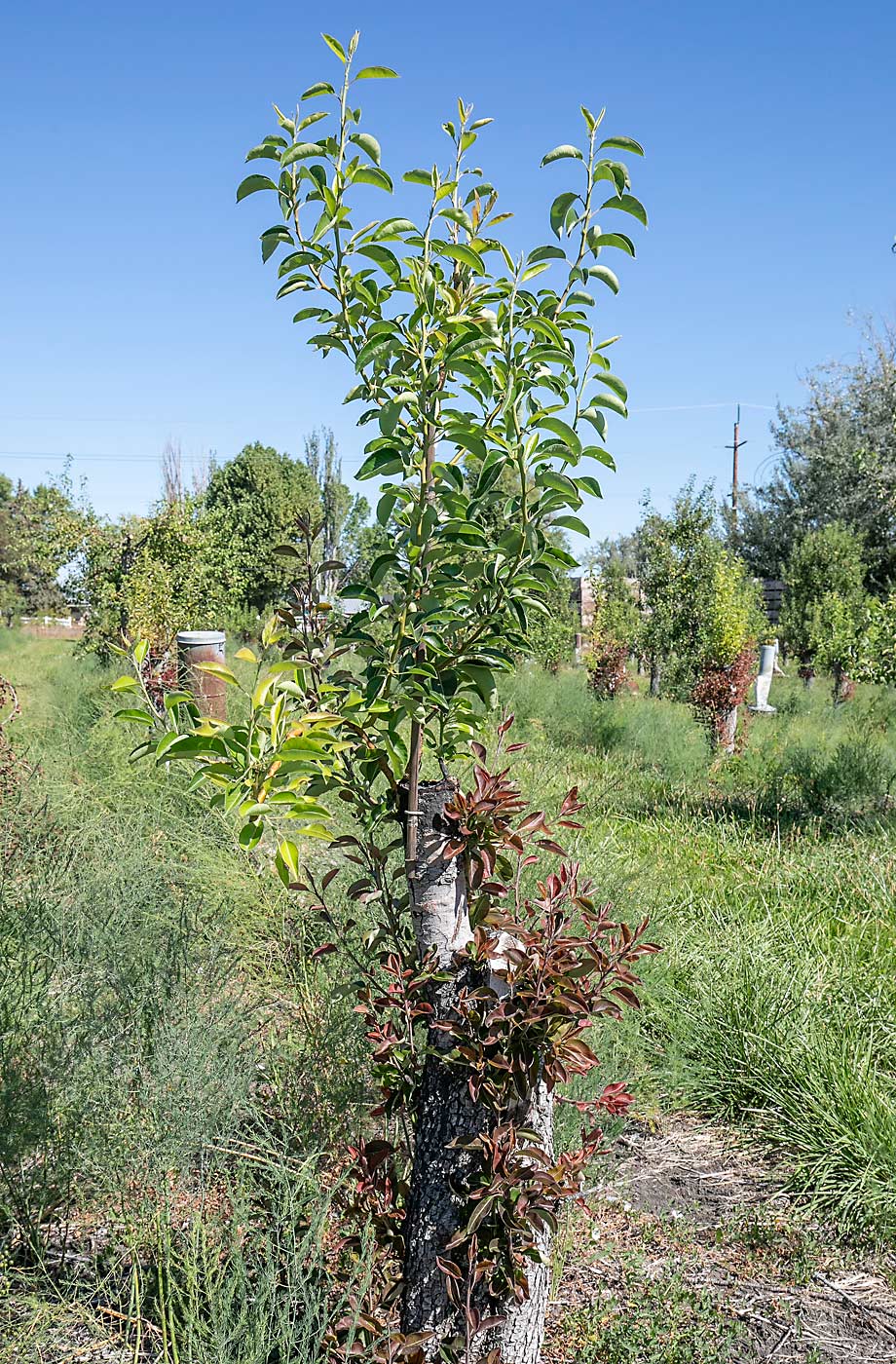
Planning, paused
The 2021 drought pushed Ron Meyer, who farmed about 75 acres of pears in the Talent area, out of business. He told the local newspaper at the time that no water meant no pears.
Another small grower, Gary Hubler, said seeing the rising prices, especially for processing Bartletts, makes him want to persevere despite the challenges of drought and labor.
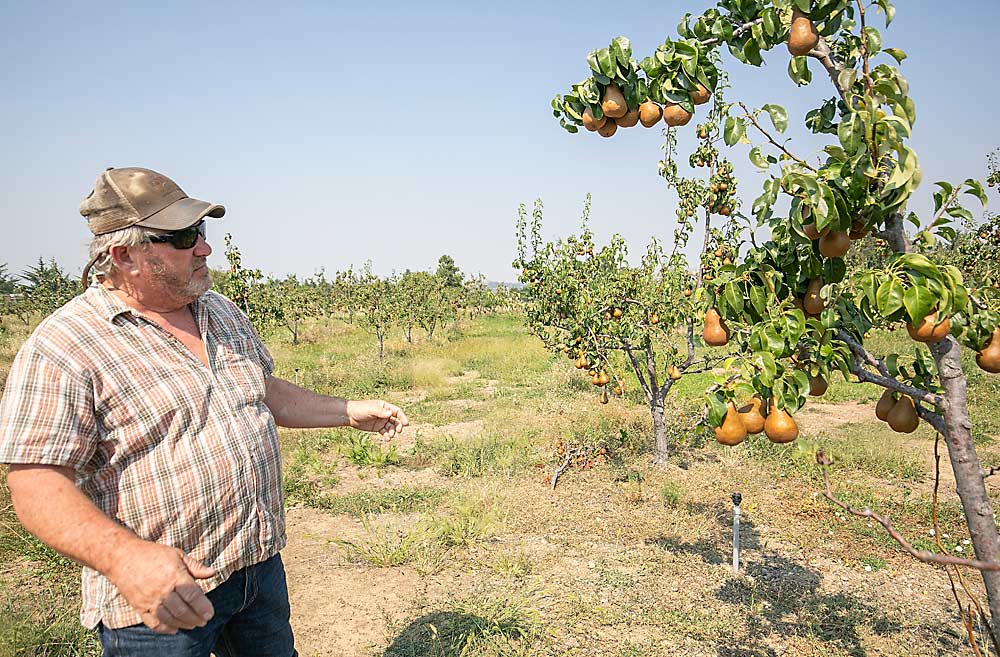
As the overall industry in the valley shrinks, it’s hard for folks like him to find seasonal labor and service providers, compounding problems when sprayers break or new irrigation lines need to go in. He has 20 acres he’d like to plant; worrries about the future are delaying any plans.
“We’ve always weathered the storm, but we can’t keep going like this without water,” Hubler said.
Others are moving ahead despite the challenges.

Harry & David is still investing in new acreage and new Comice plantings, Borman said. On the irrigation front, the company has invested in water storage tanks at some sites, which can hold a little extra water to support more frequent sets between deliveries and gives them a bit more control than the canal offers.
And the Naumes family is looking to install a couple of bulges — small on-farm water holding capacity — that could make the difference in a dire year.
Meanwhile, everyone in the region is rooting for a long, wet winter.
—by Kate Prengaman

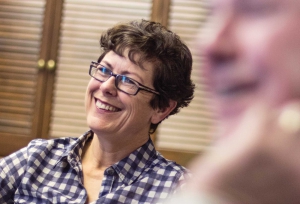
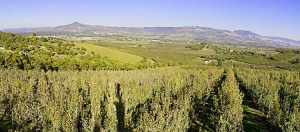





Leave A Comment